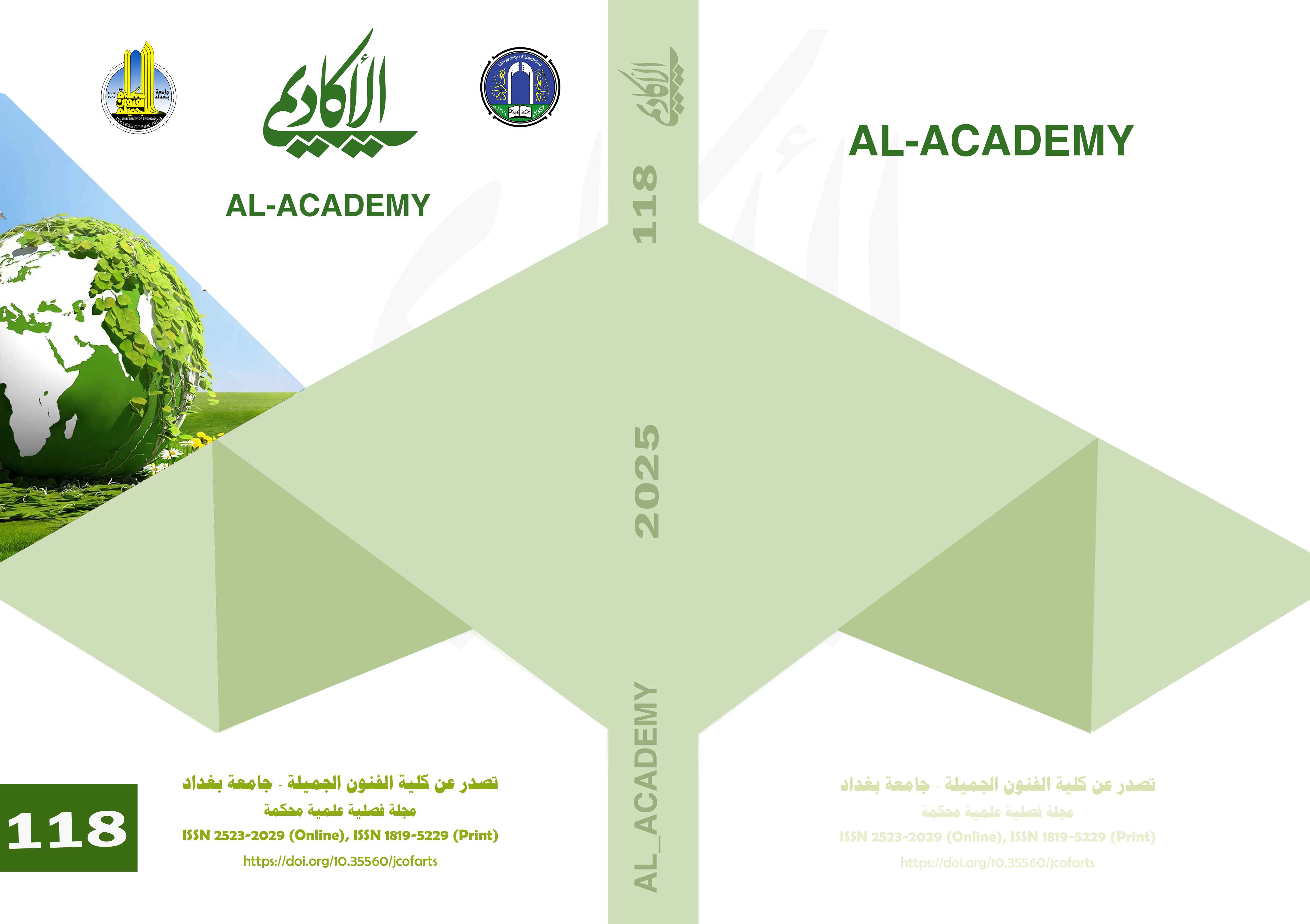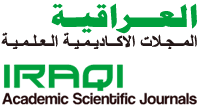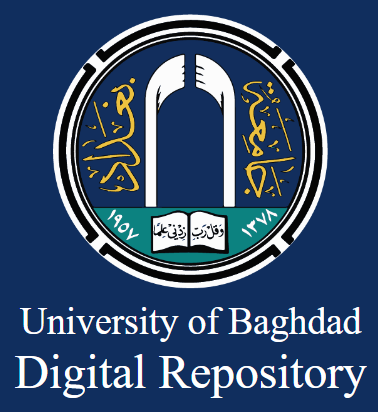Embodying the suffering of hunger through the art of ceramics: “The Loaf” as a visual symbol
DOI:
https://doi.org/10.35560/jcofarts1543Keywords:
Processing in space, loaf symbolism, hungerAbstract
This research paper addresses the subject of representing hunger through the embodiment of the symbolism of the "loaf" using installation art in space. The study aims to explore the human dimensions associated with hunger and satiety, using the loaf as a symbol of life and abundance in a contemporary context. The importance of the research lies in highlighting the role of visual arts in raising awareness of hunger as a humanitarian issue, especially in light of global crises such as the COVID-19 pandemic and wars that have affected food security. The main question posed in the research is how to use ceramic art and installation art in space as a means of expressing feelings of deprivation and hunger.
The study relied on the historical approach, tracing the appearance of the loaf in contemporary artworks, in addition to the artistic analysis of the works of artists who used the loaf as a symbol to express different meanings. A purposive sample of six contemporary artists who worked on integrating the loaf into their artworks was selected, and their techniques and interpretations of the symbolism related to hunger were analyzed. The study also addressed contemporary treatments that use installation art in space to represent hunger.
The results showed that installation art in space can be powerful tools for expressing social and humanitarian issues such as hunger. It was found that contemporary artists use these media to evoke feelings of interaction with the audience and convey strong messages about poverty and hunger. The study recommended expanding the use of these artworks in exhibitions and museums to increase public awareness and stimulate dialogue about global issues related to hunger.
References
Al-Ghathami, R. A. (2023). Women’s social issues and contemporary arts: The Saudi society as a model. Journal of Arts, Literature, Humanities and Social Sciences, (92), 164–178.
Al-Juhouri, A., & Al-Yahyaei, F. (2024). The role of installation artists in expressing contemporary events and issues. Al-Academy Journal, (112), 329–342.
Al-Rifa’i, H. M. A., Soliman, L. A., & Anwar, A. H. (2018). The expression of revolutionary symbols in Egypt and their role in enriching contemporary painting. Journal of Research in Specific Education, 2018(49), 675–690.
Al-Sharif, S. M. A. A. Z. (2022). The aesthetics of space in contemporary ceramic work between plastic and expressive values. Saudi Journal of Art and Design, 2(2), 92–113.
Brechter, F. (n.d.). Frank Brechter. Philipp Pflug Contemporary.
Darwish, S., El-Sayed, A., & Mahfel, M. (2013). Symbol and symbolism in visual arts. Damascus University Journal for Engineering Sciences, 29(1), 659–672.
El-Bawab, A. M. H. A. (2013). Philosophical concepts of installation art as an entry point for developing artistic formulations of contemporary craftwork. Journal of the Faculty of Education – Port Said, 14(14), 665–692.
El-Dessouki, I. M., & Metwally. (2007). The role of art education in developing small industries in the field of thermal ceramics using local clays. Egyptian Journal of Specialized Studies, 1(5), 15–44.
Encyclopædia Britannica, Inc. (n.d.). Antony Gormley. Encyclopædia Britannica. https://www.britannica.com/biography/Antony-Gormley
Food and Agriculture Organization of the United Nations, International Fund for Agricultural Development, United Nations Children’s Fund (UNICEF), World Food Programme, & World Health Organization. (2023). The state of food security and nutrition in the world 2023: Urbanization, agrifood systems transformation, and healthy diets across the rural–urban continuum. FAO. https://doi.org/10.4060/cc3017ar
Ishaq, R. A. A., Abdelmaqsoud, R. R., & Abdulaziz, A. N. (2013). An innovative artistic vision of mixed-media artworks in light of installation art. International Journal of Design, 3(3), 19–33.
Matteo, L. (2021, November 3). Galleria Forni. https://www.galleriaforni.com/
Murad, S. A. A., Abdel Rahman, H. A., & Ali, N. M. R. (2023). Expressive values in some works of contemporary Egyptian artists in installation art. Journal of Fine Arts and Art Education, 7(2), 85–111.
Sánchez, V. M., Kepple, A., Moncayo Rosero, J., Neufeld, L., Santacoloma, P., & Wijnhoven, T. (n.d.). [Incomplete reference – please provide missing details].
Sanbal, M. A. H., & Bahameem, H. (2022). Installation art as an approach to enriching contemporary ceramics in the Kingdom of Saudi Arabia. Journal of Arts, Literature, Humanities and Social Sciences, (86), 188–199.
Smith, L. (2021, September 1). Center for Book Arts. https://centerforbookarts.org/
Steward, L. (2023, September). Ruth Duckworth: Life as a unity. Smart Museum.
UTC. (2024, November 12). Marc Quinn. Wikipedia. https://en.wikipedia.org/wiki/Marc_Quinn
Woodward, D. (2023, October 11). Tatsumi Orimoto, Bread Man, 2001. Elephant. https://elephant.art/tatsumi-orimoto-bread-man-2001-10102023/
Downloads
Published
Issue
Section
License
Copyright (c) 2025 Yassin bin Khamis bin Rashid Al-Saifi, Salman bin Amer bin Salem Al-Hajri

This work is licensed under a Creative Commons Attribution 4.0 International License.













